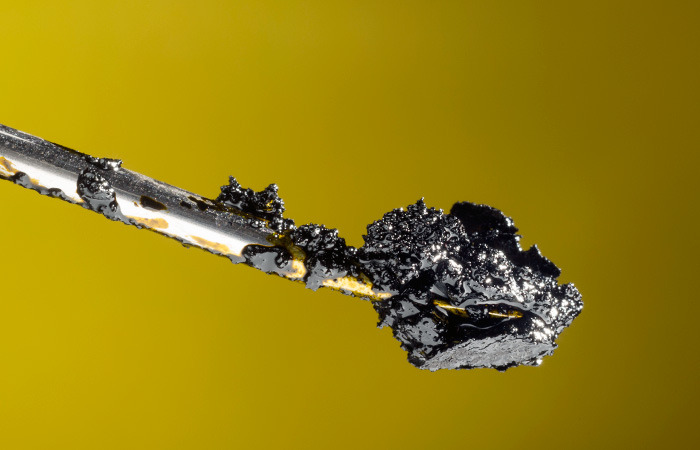WHOI scientist Anna Michel discusses our new ocean surface robot
A Rainfall Forecast Worth its Salt
WHOI scientist Ray Schmitt and sons take top prize in rainfall forecasting competition
Microplastics in the Ocean – Separating Fact from Fiction
Mesobot, Follow that Jellyfish!
New robot will track animals in the ocean twilight zone



